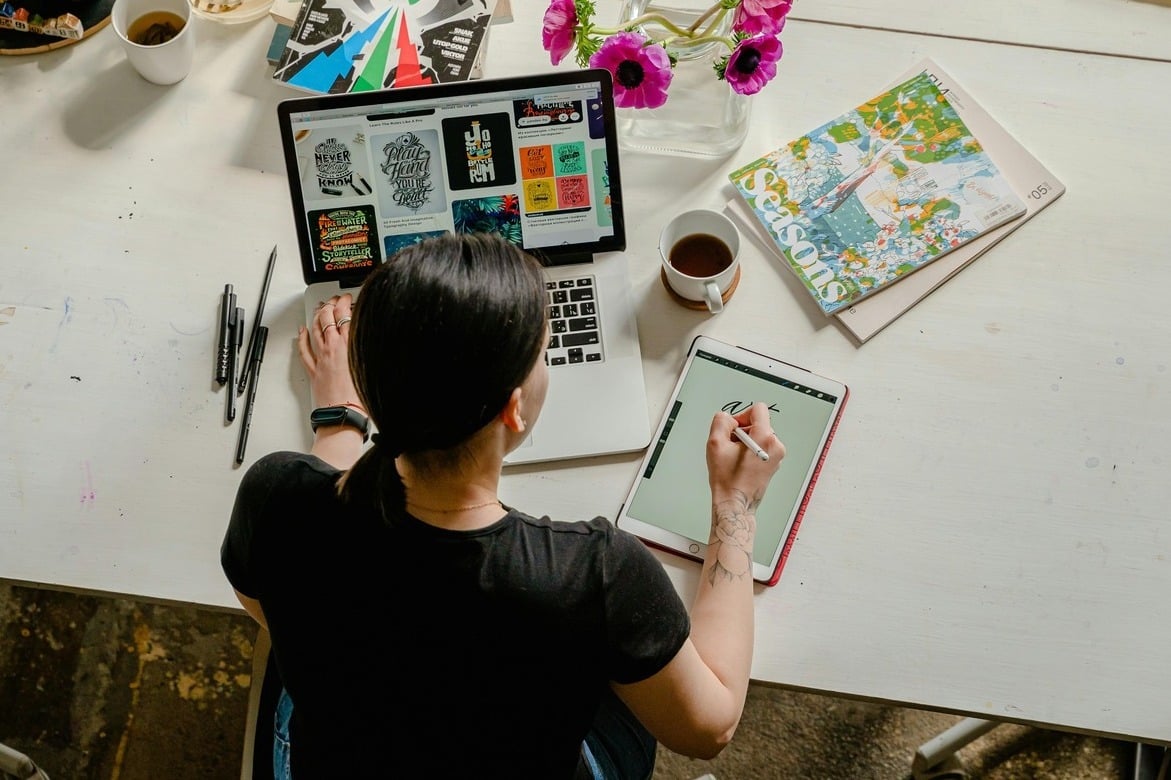For centuries, creators have resisted new technologies—from photography to radio to streaming—worried these innovations would destroy their livelihoods. Today, as artificial intelligence (AI) upends the creative landscape, history offers a clear lesson: fighting change only delays progress, but those who adapt to it thrive. Creators must do the same with AI.
Back in the 1830s, portrait painters feared photography would put them out of work. Critics argued that “photography is not art,” and viewed it as a cheat’s way to depict the world that threatened the livelihoods of traditional artists. In reality, artists successfully capitalised on a resurgence in portrait painting, with evidence suggesting the decline of portrait painting preceded the rise of photography. Moreover, some attribute photography’s emergence to the rise of a new style of painting—Impressionism.
A century later, newspapers saw radio as a threat, prompting the Associated Press to stop providing news releases to radio networks, fearing audience loss. A subsequent agreement between the radio and the newspaper industry tried to limit radio news, but it inevitably collapsed as smaller, independent radio stations continued to broadcast headlines during an unusually eventful period of history.
More recently, musicians rejected streaming because of its disruption to revenue from album sales. However, newer artists such as Ed Sheeran and the late Avicii saw streaming services for what they were: a tool to drive live shows, where the real money still lives.
AI breathes new life into the same fears from over a century ago. What’s more, creators use the very same arguments towards AI. An infamous criticism of photography was that “a painter is not a copying machine,” rhetoric that creators similarly use to describe AI. Newspapers initially demanded that radio broadcasters not use their news for commercial purposes, much like some copyright holders want to prohibit AI companies from using their content to train AI models. Musicians once feared streaming would threaten their livelihoods—what creators now say about AI.
History shows that allowing challengers to disrupt the creative industry leads to increased opportunity for creators who embrace the change. Newspapers ended up selling features to radio and even buying stations. Dutch painters used photography to revive portrait commissions and extend revenue by photographing paintings. And artists who embraced streaming, such as Calvin Harris, earned millions. Taylor Swift even famously pulled all but one song from Spotify back in 2014 in protest of the streaming service. Since embracing it, however, she has amassed an estimated $387 million.
Now with AI, some creators are seizing this opportunity as several AI companies seek new, high-quality data not freely available online to enhance their models. Content creators are selling unused, unpublished video footage to these firms, and creative asset company Shutterstock now sells multimodal datasets populated with Shutterstock images, video, audio, and 3D data. The company recently licensed its data to UK-based text-to-video AI company Synthesia so that it can create more realistic AI-generated avatars.
Just as it would have been wrong for policymakers to create special rules for photography to protect painters or radio to protect newspapers, policymakers should resist calls for special protections that would stifle AI’s growth. Doing so would only hold back innovation and limit creators’ long-term opportunities. The best path forward is giving creators the freedom to experiment with AI tools, just as painters, broadcasters, and musicians did before.
If history is any guide, creators don’t need protection from AI, just the freedom to innovate with it. Given the chance, they will do what they have always done—adapt, innovate, and turn the next big disruption into their next big opportunity.
Image Credits: Pexels/Antoni Shkraba Studio

